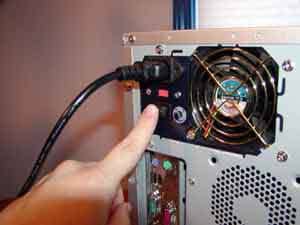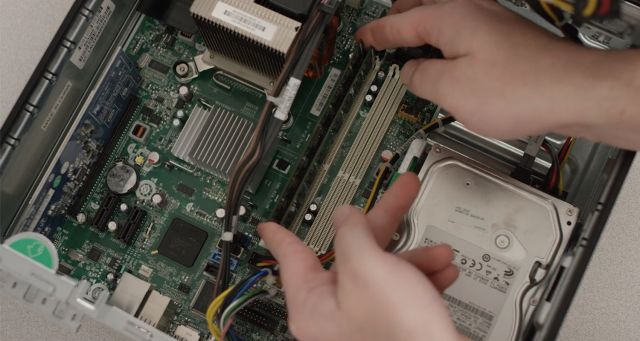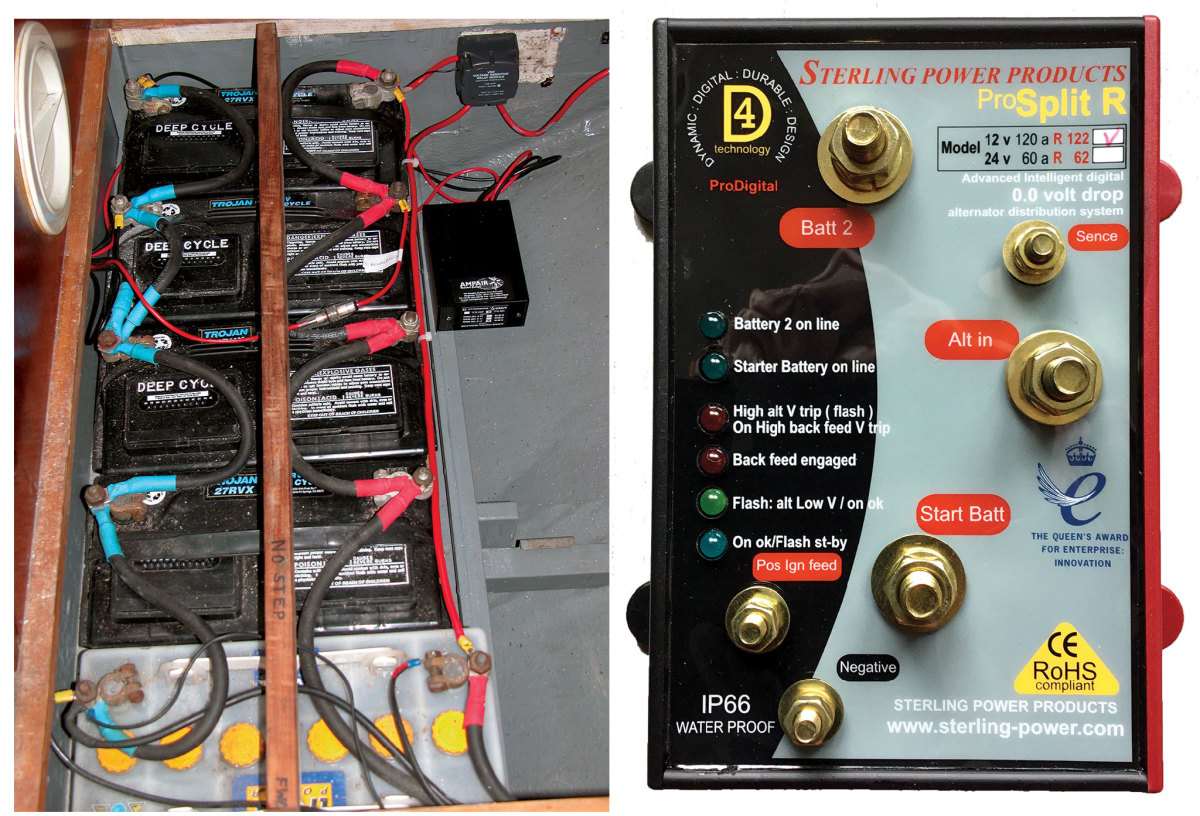Introducing the ultimate troubleshooting guide for HP PC owners caught in an endless loop of restarts. Discover the secrets to reclaiming stability and bidding farewell to the frustrating cycle, as we delve into effective solutions for fixing the relentless restarts on your HP computer.
Disable the automatic restart feature
To disable the automatic restart feature on your HP PC that keeps restarting, follow these steps:
1. Click on the “Start” menu and type “Control Panel” in the search bar.
2. Open the Control Panel and click on “System and Security.”
3. Under the “System” section, click on “Advanced system settings.”
4. In the System Properties window, click on the “Advanced” tab.
5. Under the “Startup and Recovery” section, click on the “Settings” button.
6. Uncheck the box next to “Automatically restart” under the “System failure” section.
7. Click “OK” to save the changes.
Note: Disabling the automatic restart feature will allow you to see any error messages or blue screen errors instead of the computer automatically restarting. This can help in troubleshooting the issue and finding a solution.
Disable fast startup
To fix the issue of an HP PC constantly restarting, you can try disabling fast startup. Here’s how:
1. Press the Windows key + R to open the Run dialog box.
2. Type “control panel” and press Enter to open the Control Panel.
3. In the Control Panel, search for “Power Options” and click on it.
4. Click on “Choose what the power buttons do” on the left side menu.
5. Click on “Change settings that are currently unavailable.”
6. Scroll down and uncheck the box next to “Turn on fast startup (recommended).”
7. Click on “Save changes” to apply the new setting.
Disabling fast startup may help resolve the constant restart issue on your HP PC.
Troubleshoot in safe mode
Troubleshoot in Safe Mode to Fix HP PC Keeps Restarting
If your HP PC keeps restarting and you’re stuck in a boot loop or experiencing other issues, troubleshooting in Safe Mode can help resolve the problem. Here’s how:
1. Start your HP PC and repeatedly press the F8 key before the Windows logo appears.
2. In the Advanced Boot Options menu, use the arrow keys to select “Safe Mode” and press Enter.
3. Once in Safe Mode, you can diagnose and fix the issue causing the restart cycle.
4. Check for any recently installed updates or drivers that may be causing conflicts and uninstall them if necessary.
5. Run a malware scan using reliable antivirus software to rule out any infections.
6. Update your drivers and BIOS to the latest versions to ensure compatibility and stability.
7. If the issue persists, try performing a System Restore to a previous point when the PC was working fine.
8. If all else fails, consider contacting HP support for further assistance.
python
import time
import subprocess
def reboot_monitor():
while True:
try:
subprocess.check_output('uptime') # Check system uptime command for Unix-like systems
print("System is running normally.")
except subprocess.CalledProcessError:
print("System reboot detected!")
# Perform actions to diagnose and solve the rebooting issue
# This could include logging, sending notifications, or running diagnostic checks
time.sleep(60) # Check system status every minute
reboot_monitor() # Start monitoring for system reboots
The code above is a simple Python script that periodically checks the system uptime by running the `uptime` command (specific to Unix-like systems). If a reboot is detected, it can trigger actions like logging the event, sending notifications, or running diagnostic checks specific to your situation. However, this code is not tailored to address the root cause of your HP PC’s continuous reboots, as that would require more in-depth analysis and direct access to the hardware.
Address any hardware issues
-
Check for loose connections:
- Shut down the computer and unplug it from the power source.
- Open the computer case and ensure all cables and connections are securely plugged in.

- Inspect for any loose or damaged cables and replace them if necessary.
-
Clean internal components:
- Power off the computer and disconnect it from the power source.
- Open the computer case and use compressed air to remove dust from the internal components.

- Pay special attention to the CPU fan, graphics card, and power supply.
- Avoid using a vacuum cleaner as it can generate static electricity.
-
Check the RAM:
- Power off the computer and unplug it from the power source.
- Locate the RAM modules on the motherboard.

- Remove the RAM modules one by one and reinsert them firmly into their slots.
- If you have multiple RAM modules, try booting the computer with each one individually to identify any faulty modules.
- If a faulty module is identified, consider replacing it.
-
Test the power supply:
- Ensure the computer is completely powered off and unplugged.
- Use a power supply tester or a multimeter to check the output voltage of the power supply.
- If the power supply is not providing the correct voltage, replace it with a new one.
- If you don’t have the necessary tools, consider seeking professional assistance.

-
Check the CPU temperature:
- Install temperature monitoring software if not already available.
- Run the software and monitor the CPU temperature during normal usage and under load.
- If the temperature consistently exceeds safe levels, clean the CPU heatsink and fan, or consider replacing the thermal paste.
